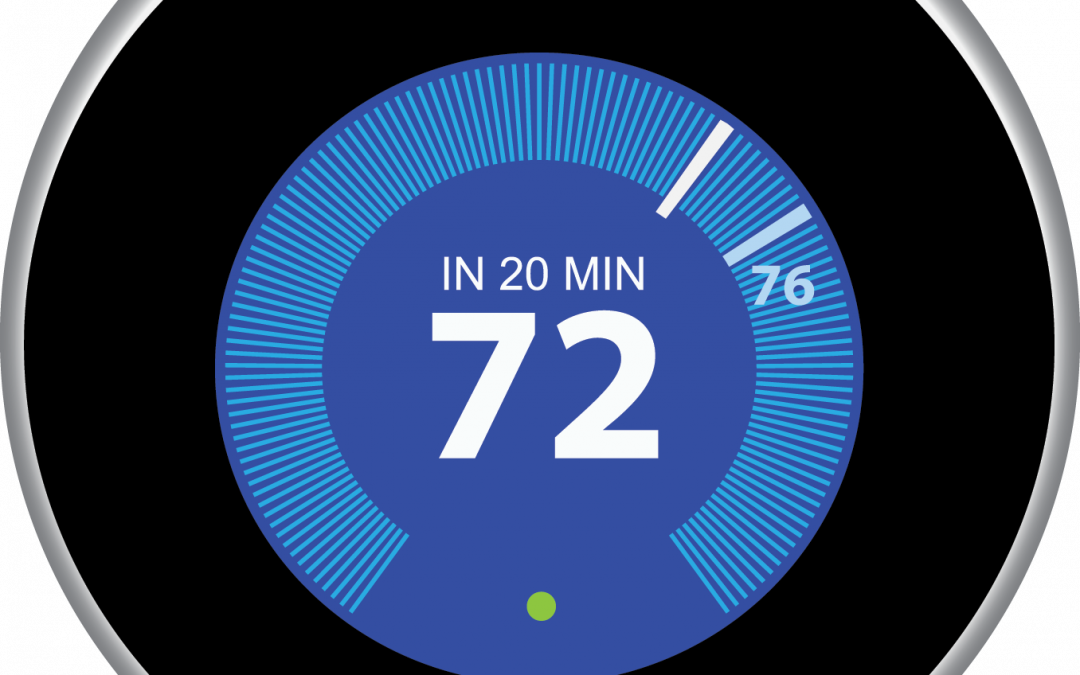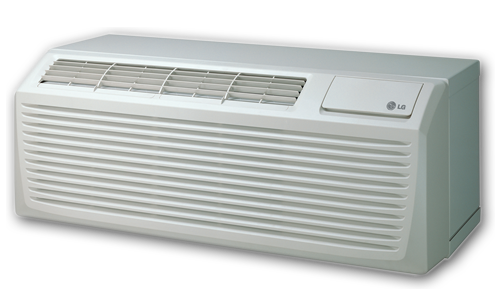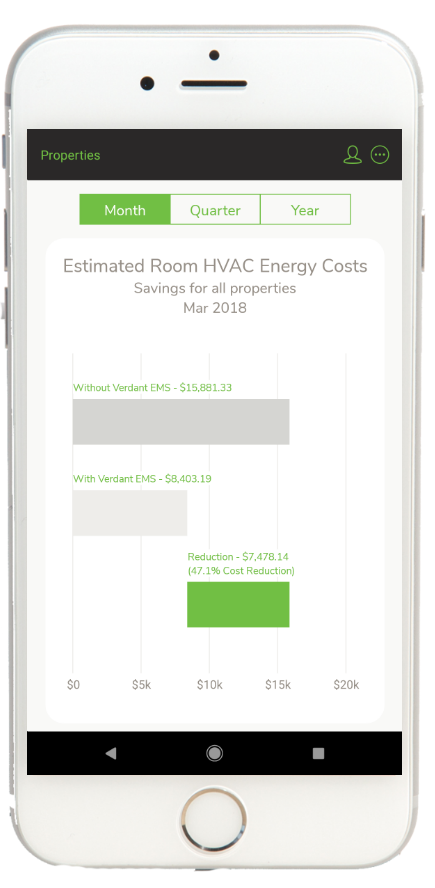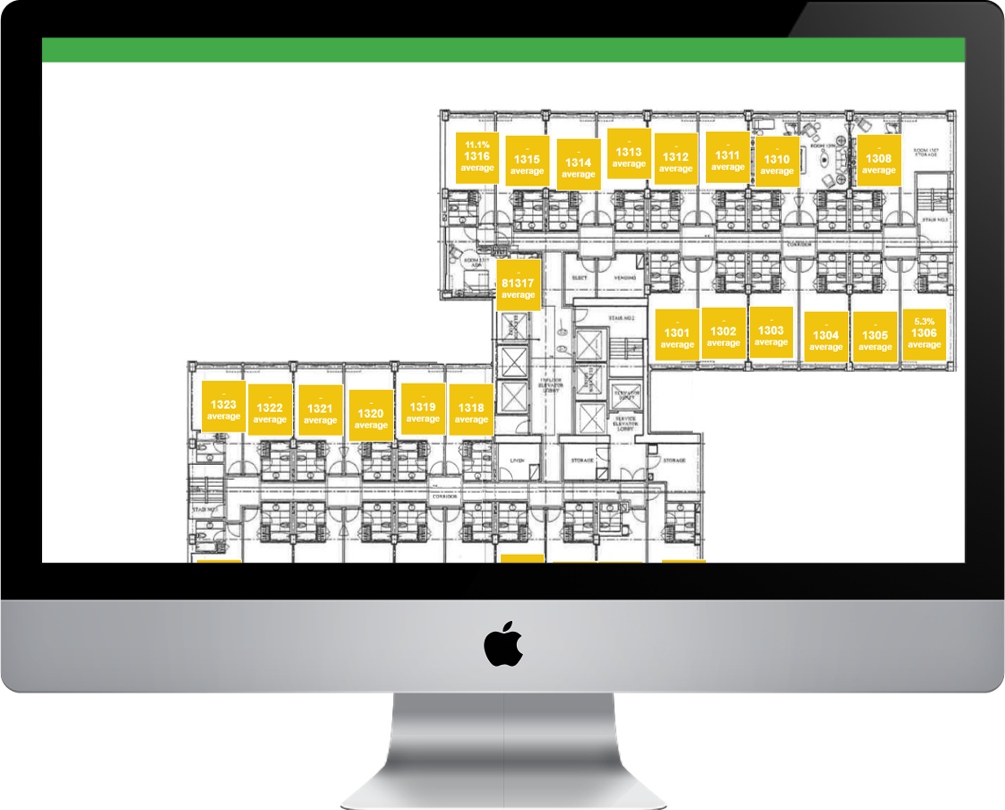Over a year ago, one of our first blog posts addressed the differences between occupancy-based smart thermostats and programmable thermostats in commercial spaces. Sometimes though, we get inquiries from property managers asking us how our energy management thermostats are different from their residential counterparts, so we thought we’d take up the topic here.
In the last few years the residential controls market has seen an influx of smart thermostats from brands like Nest, Ecobee, Honeywell, and others. In general, these smart thermostats are a great addition to any home and will save the occupants money in the long-term. When it comes to hotels and other commercial properties however, these products can fall short. Let’s examine some of the reasons why.
Connectivity
The first thing to know about residential smart thermostats is that their wireless communication is done using the occupant’s WIFI connection. This isn’t surprising since it’s a requirement for Energy Star certification and not particularly onerous on the occupant’s internet bandwidth.
In a commercial building environment however, there can be many devices throughout hundreds of rooms connected to the internet at the same time. Adding thermostats to the list of devices consuming valuable WIFI resources isn’t necessarily a wise decision.
Many commercial smart thermostats avoid WIFI, instead opting to use the Zigbee protocol. While this solves some of the issues associated to WIFI, such as higher power consumption, it doesn’t guarantee there won’t be interference, since both protocols operate at the same 2.4GHz frequency.
In contrast, Verdant’s ZX and VX series thermostats avoid the WIFI network completely by utilizing a proprietary communication protocol at around 900 MHz (similar to a Walkie-Talkie). The practical reason for this is that the longer radio waves penetrate building materials easily, allowing Verdant’s wireless mesh-network to propagate throughout an entire property without the need for network repeaters or signal boosters, and of course, avoiding any interference with guest WIFI.
Power Consumption
There is a reason why all residential smart thermostats are wired – they all draw a considerable amount of power because of their WIFI connectivity. This works just fine in most residential scenarios where existing controls are already wired to the HVAC system.
But throughout many commercial properties in North America, especially in the mid-level category, the typical HVAC system is made up of PTACs (Packaged Terminal Air Conditioners). In many cases, these PTACs are not controlled by an existing wall thermostat, but by the dials or controls on the unit itself. In those cases, retrofitting the room to run wires can be costly, and therefore a wireless solution is preferable.
A typical PTAC unit
Most commercial energy management systems have wireless solutions available that function on batteries. The Verdant ZX thermostat is the first of its kind to use AAA batteries, and an epaper display to limit power consumption.
Self-Learning vs Location Based vs Occupancy Based
Depending on the residential thermostat, there are a few different ways they achieve energy savings.
Nest, for example, is a self-learning thermostat that saves energy by learning your typical schedule. By changing the temperature setpoint in the morning when you wake up and down again when you leave for work or go to sleep, Nest eventually does it automatically for you. This approach to energy management in homes is ingenious since occupant patterns are reasonably static and predictable.
The Honeywell Lyric Thermostat is a hybrid thermostat that can use both programmable scheduling from the user and location data from the user’s smartphone. When residents approach a particular radius around the house, the thermostat will prompt the HVAC system to heat or cool the home to the occupants preferred temperature by the time they get there.
Ecobee thermostats work similarly to the aforementioned devices but provide additional remote sensors for bedrooms to make sure temperature setbacks don’t occur when occupants are at home.
All of these methods of achieving energy savings can work well in a home setting but have one thing in common that is their proverbial kryptonite – random occupancy patterns.
Residential thermostats rely on some type of schedule, whether it be learned or programmed. But hotels and other types of commercial buildings don’t have predictable, fixed, or learnable schedules due to the transient nature of the occupants.
Enter the smart energy management thermostat (EMS). These thermostats, like Verdant’s, are equipped with built-in passive infrared motion sensors that continuously scan their surroundings for motion and body heat. Armed with this information, we can accurately ensure that temperature setback only occurs when the room is empty, thus insuring an optimal experience for the occupant.
Remote Management
Regardless of whether you’re a Real Estate Investment Trust with hundreds of properties under your purview, or an owner of a handful of properties, most customers want to be able manage and monitor temperature and other parameters from a distance.
With a Nest thermostat, you’ll only be able to manage up to 3 properties, but an EMS system provides the user with the ability to manage an unlimited number of properties in their portfolio.
And an EMS brings more actionable data to the table too. Beyond just controlling the temperature in the room, an EMS system like Verdant’s can tell you how many kilowatt hours have been saved on a daily basis, how many hours your rooms are occupied in a given month, and which rooms are having trouble reaching the occupant’s setpoint, which is a great segue to the next point.
The Verdant EI™ smartphone app displays runtime reductions and savings in real time.
HVAC Diagnostic Alerts
If the HVAC system at your commercial property was malfunctioning, inefficient, or on the verge of breaking down, you’d want to know, right? If you’ve ever had your furnace stop working in the dead of winter, you’ll understand.
Some residential smart thermostats do provide limited alerts. For example, a Nest thermostat will alert users to power cycle interruptions, but only with forced air heating systems. That might be fine in a residential setting, but inadequate in a hotel or other commercial building that only cools or has a non-compatible HVAC unit.
Fortunately, most commercial energy management systems like Verdant’s can notify facility managers when HVAC systems are experiencing issues. So how do we do this?
Verdant thermostats collect and aggregate a lot of data. One key data point that we measure is the number of minutes the HVAC unit spends heating or cooling a room. We do this for each room at a property. By collecting and aggregating all this data, we establish a baseline for typical usage in an average room. When we encounter an HVAC unit that is well outside the average, we send a customized alert to the maintenance person at the property so he/she can promptly identify and rectify the problem before a complaint is received, or equipment is damaged. As they say, “an ounce of prevention is worth a pound of cure”.
Verdant’s remote management desktop app provides real-time information about the efficiency of the HVAC units on property.
Cost
You might have assumed by now that a commercial energy management solution would be prohibitively expensive. Fortunately, that’s not the case. Based on our research, a typical residential smart thermostat will run somewhere between $150 and $250 dollars each. Although these systems are relatively simple to install, some people may still hire a professional HVAC contractor to avoid dealing with wiring, increasing the overall cost.
While we can’t speak for our competition, Verdant thermostats are priced in a similar range, and can also be self-installed by most facility engineers or maintenance people with the help of our technical support resources.
Another important factor when considering cost is the availability of rebates through local utility companies. In general, both commercial and residential smart thermostats will be eligible for rebates from most utility companies by up to as much as 50% of the system cost.
Conclusion
Hotels, senior living communities, student dorms, and other commercial properties have unique occupancy patterns that make them ill-suited for a residential smart thermostat.
When considering the type of smart thermostat system to install at your property, it’s always wise to consider the unique set of circumstances and evaluate multiple technology providers to establish the best fit for your property. To find out if Verdant is the ideal fit for your commercial energy management needs, contact us today.




